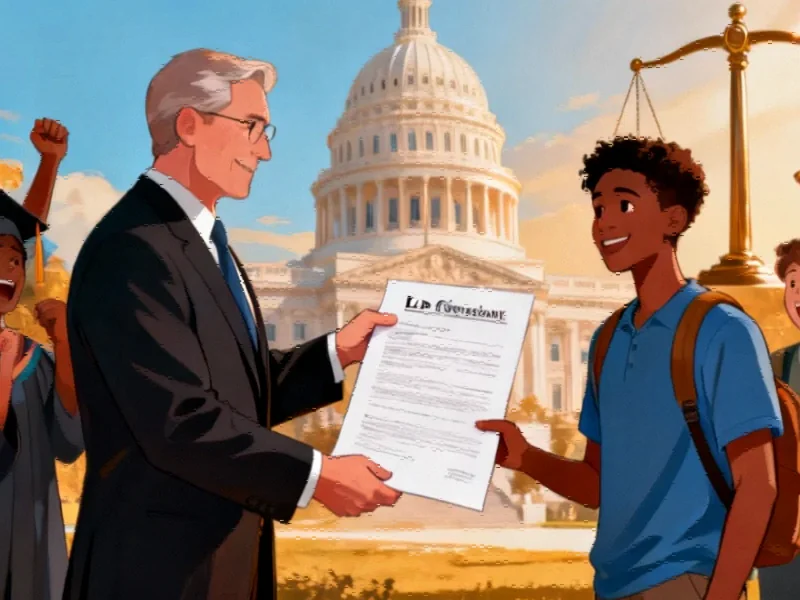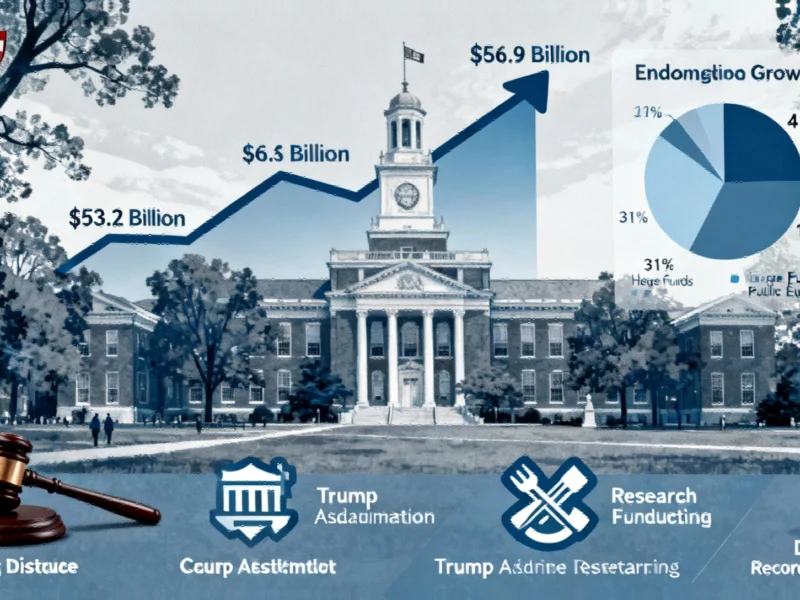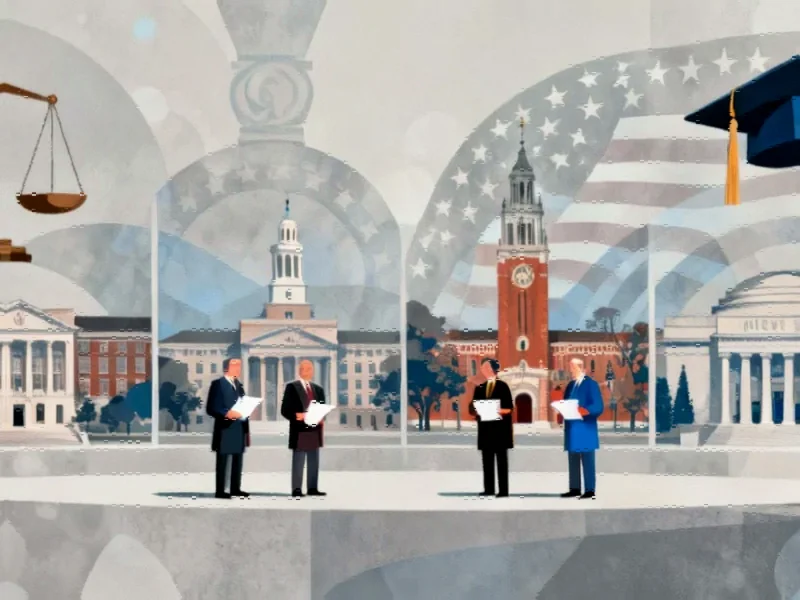Major Policy Shift Unlocks Long-Awaited Debt Relief
In a significant development for student loan borrowers, the Department of Education has reached a landmark agreement with the American Federation of Teachers to resume forgiveness programs that had been stalled for millions. The resolution, filed in federal court on Friday, represents one of the most substantial student loan forgiveness processing resumes following legal challenges that had created uncertainty for borrowers across multiple repayment plans.
Comprehensive Relief Across Multiple Forgiveness Programs
The agreement specifically addresses processing for Income-Based Repayment (IBR), Income-Contingent Repayment (ICR), and Pay As You Earn (PAYE) plans. According to court documents, the Department will “continue processing loan cancellations for borrowers who are eligible for cancellation under these plans as long as these plans remain in effect.” This represents a significant reversal from the Department’s previous position that forgiveness under ICR and PAYE was not permissible following earlier court rulings.
Legal experts have noted this development reflects broader industry developments in how federal student loan programs are being administered amid changing regulatory landscapes. Winston Berkman-Breen, Legal Director for Protect Borrowers, called the agreement “a tremendous win for borrowers” that will provide much-needed certainty for public service workers and others relying on these forgiveness programs.
Critical Tax Protection Provisions
Perhaps the most significant aspect of the agreement involves protection from potential tax liability for borrowers receiving forgiveness. The Department agreed that for internal purposes, the date a borrower becomes eligible for cancellation constitutes the effective discharge date, regardless of when processing actually occurs.
“Defendants agree to not file an Internal Revenue Service (IRS) Form 1099-C for a borrower who becomes eligible for discharge in 2025 if the conditions in IRS Notice 2022-1 are met,” states the agreement. This provision is crucial because without it, borrowers facing processing delays into 2026 could have faced substantial tax bills on forgiven amounts.
SAVE Plan Borrowers Have Clear Pathway
The agreement provides specific guidance for borrowers enrolled in the SAVE plan, which remains subject to a separate injunction. Borrowers who have reached eligibility thresholds under SAVE can apply to transfer to IBR, ICR, or PAYE by December 31, 2025, and still receive protection from tax liability even if their application is approved after January 1, 2026.
This arrangement demonstrates how recent technology and system upgrades are enabling more flexible administration of federal student aid programs, though implementation challenges remain.
PSLF Buybacks and Reimbursement Provisions
The Department also committed to continuing processing of Public Service Loan Forgiveness (PSLF) Buyback applications, though the program continues to experience significant backlogs. Additionally, borrowers who made payments beyond what was required to qualify for forgiveness will be reimbursed for those excess payments.
These developments in student loan administration coincide with other significant market trends in how financial services are being delivered to consumers across different sectors.
Ongoing Oversight and Implementation
While the agreement resolves immediate issues, the lawsuit remains technically active. The Department has committed to filing six monthly status reports detailing implementation progress, with the first report due 30 days after the current federal funding lapse ends.
The requirement for public status reports creates unprecedented transparency in how these related innovations in loan forgiveness processing are being implemented. “We fully intend to hold them to their word,” said Berkman-Breen, indicating close monitoring would continue throughout the implementation period.
This student loan breakthrough occurs alongside other significant policy developments, including the Trump administration’s pharma deals signal major policy shifts in how federal agencies are approaching complex regulatory challenges across different sectors of the economy.
Broader Implications for Borrowers and the Economy
The resumption of student loan forgiveness processing represents a major step toward resolving uncertainty that has affected millions of borrowers. The tax protection provisions are particularly important given the impending expiration of tax-free treatment for student loan forgiveness under the American Rescue Plan Act.
As government agencies continue to navigate complex legal and operational challenges, we’re seeing parallel how Salesforce’s Agentforce 360 is reshaping enterprise approaches to customer service and case management in the private sector. Similarly, the cautious approach to implementing new technologies reflects lessons learned from the risky business of AI intimacy how tech giants are approaching sensitive data and automated decision-making systems.
Borrowers should monitor their loan servicer communications closely in the coming weeks and months as these changes are implemented across the student loan ecosystem.
This article aggregates information from publicly available sources. All trademarks and copyrights belong to their respective owners.
Note: Featured image is for illustrative purposes only and does not represent any specific product, service, or entity mentioned in this article.



